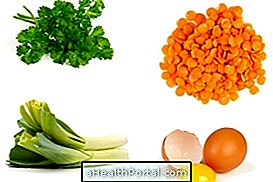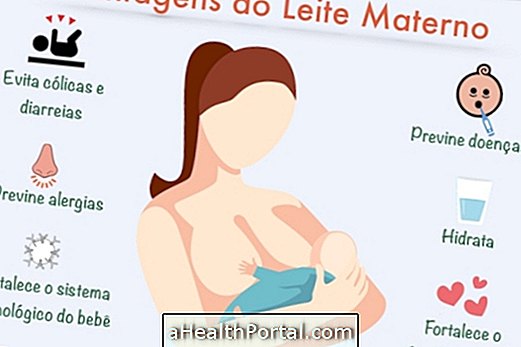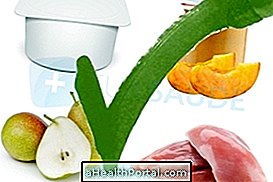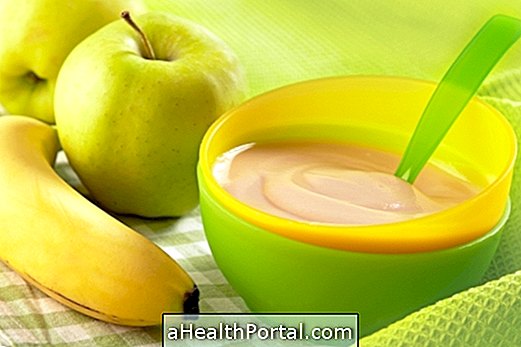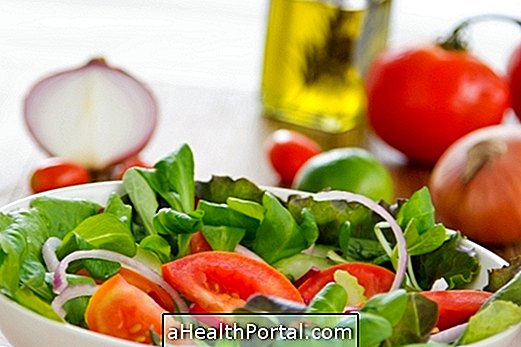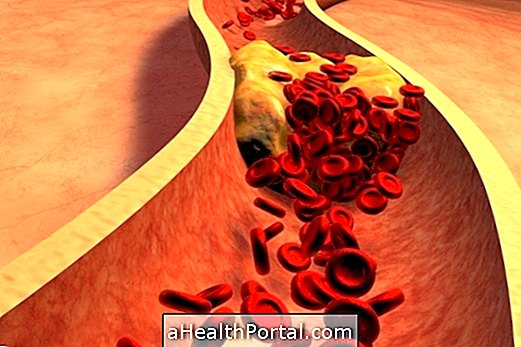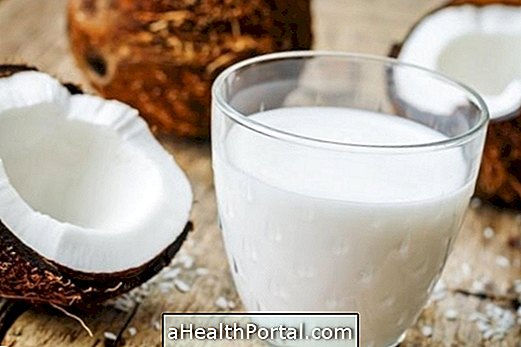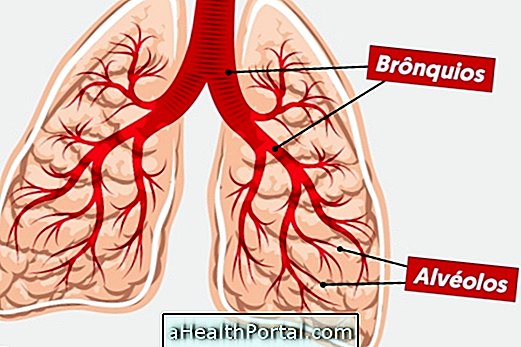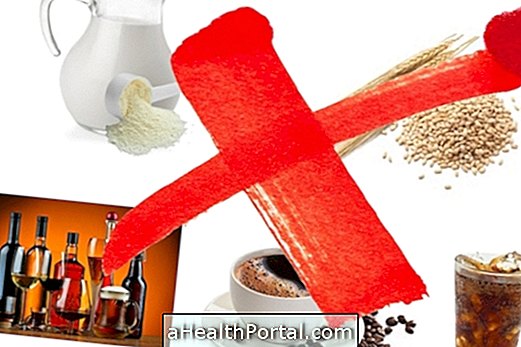The baby's nutrition has to be balanced with consumption of whole grains, fruits, vegetables, fish, meat and egg so that the children have all the nutrients, ensuring the proper functioning of the body and to grow in a healthy way.
Feeding infants up to 6 months of age should be carried out only with breastmilk or formula, and after that age they begin to introduce food in small portions, sometimes also begin to introduce new foods after 4 months of life. After 1 year of age the child can already carry out the family diet, but it is fundamental to have a healthy infant food .
Child feeding menu
A good example of infant feeding is:
- Breakfast - Whole grains with fruits and milk.
- Collation - 1 bread with cheese mines and an orange juice.
- Lunch - 1 egg pouch with rice and salad and 1 fruit for dessert.
- Snack - 1 yoghurt and 1 fruit.
- Dinner - Fish stew with mashed potatoes and vegetables and for dessert 1 fruit.
Throughout the day, it is important to drink water about 1 liter per day. Candy, soft drinks, cakes and candy can make a lot of children's food, but they should be consumed in moderation and are only allowed 1 to 2 times a week.
Infant food from 6 months to 1 year
Infant feeding from 6 months to 1 year is a very important phase because before that the baby only feeds on milk and then makes a single milk feed pass for a semi-solid and solid feed in significant daily quantities.
What the baby can eat:
After 6 months of age, you can start giving your baby foods like:


- gluten-free cereal porridge until 6 months of age and with gluten after 6 months;
- vegetable broth with pumpkin, potatoes, carrots;
- apple, pear, banana;
- rice, pasta, bread, biscuits from 6 months;
- meat and fish: start with lean meat, initially just to taste the soup;
- yogurt;
- Egg: yolk at 9 months and clear at 12 months;
- Legumes such as beans, grains, fava beans, lentils, peas: from 11 months.
How to Start Diverse Baby Feeding
There are several ways to start foods in the baby an example can be:
- at 4 months start with gluten-free cereal porridge;
- at 4 and a half months porridge with fruit;
- at 5 months vegetable stock;
- at 6 months mashed vegetables with meat;
- at 7 months rice, pasta, bread, wafer;
- at 9 months fish, egg yolk, yogurt;
- at 11 months legumes such as beans, grains, fava beans, lentils, peas;
- at 12 months the baby can already start to eat that the rest of the family eats.
To know which diet plan to follow during the first year, it is important to follow the advice of your pediatrician or nutritionist.
Here's what to do when your child does not want to eat:

Useful link:
- Baby feeding from 0 to 12 months

